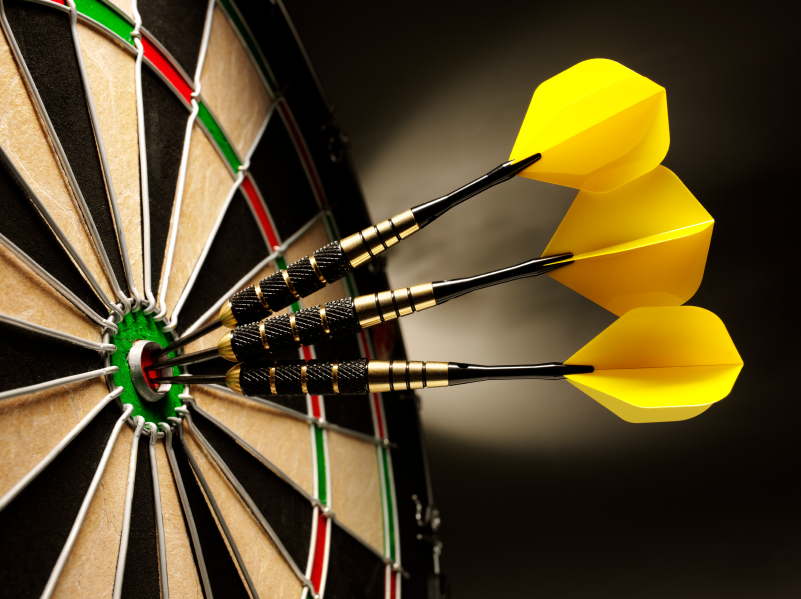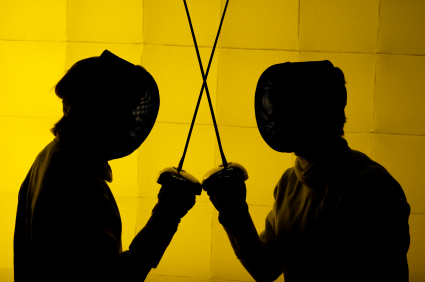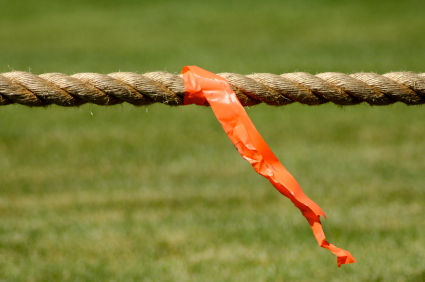“I have long felt that the only value of stock forecasters is to make fortune tellers look good.” Billionaire investor Warren Buffett
If you gave a monkey 100 darts to throw at a dartboard, he would hit it just about as many times as a forecaster would pick the right stocks. The difference is that monkeys are not generally cocky about their ability to hit the board, while those making complicated predictions, without immediate feedback, tend to be overconfident in their ability. So, your stock tip for the day is to be wary of those who claim to be accurate stock forecasters, and your mediation tip for the day is do not become overconfident in your ability to make predictions based on interpretations of body language. Either way, you may as well go to the fortune teller.
The idea that you can master body language is probably a pipe dream; if you had extensive training with immediate feedback, then maybe – maybe you could become an “expert.” It’s like asking a hockey player to become an expert at predicting where the puck will go. He can do it, but he needs repeated exposure. He needs immediate feedback. He needs to see the puck bounce under the exact circumstances at the exact velocity. After doing this thousands of times, he can become adept at predicting where the puck will hit. Stock pickers routinely have to wait months or years to see if their forecasts turn out and mediators do not work with pucks!
The problem with body language is that you do not know if you’re right; you do not have that instant feedback to help train your mind, and you do not have repeated exposure to the exact same situation and conditions, not to mention moods and emotions.
There are certain things that humans are good at; if someone makes a noise, we orient ourselves to its source reflexively. Sometimes we are wrong, but most of the time, we’re right. We tend to be right about primal, base level, reactive things, like a loud sound, like a sense of danger. Where we fall down with these sort of observations is when it comes to drawing complex conclusions. Apparently the human body is capable of producing over 700,000 gestures and expressions. The combination, frequency, and duration that people do these gestures can tell us anything – or nothing.
He’s hunched forward; he’s lying, he’s trying to protect himself, he’s defensive. Or he’s cold, or uncomfortable, or nervous, or has terrible posture. It is simply impossible to predict with greater accuracy than a monkey throwing darts what people are really “saying” with their bodies. And often, what ends up happening as we analyze body language is we miss what the person is really saying or what is going on around us.
Body language is important to note; you file it away and use it as a stepping-off point for future discussion. It can tell us a lot, but it can also let us create a lot, and the better we think we are at it, the more susceptible we are to mistakes. Keep an eye on the body, to be sure, but keep two ears on the words.





